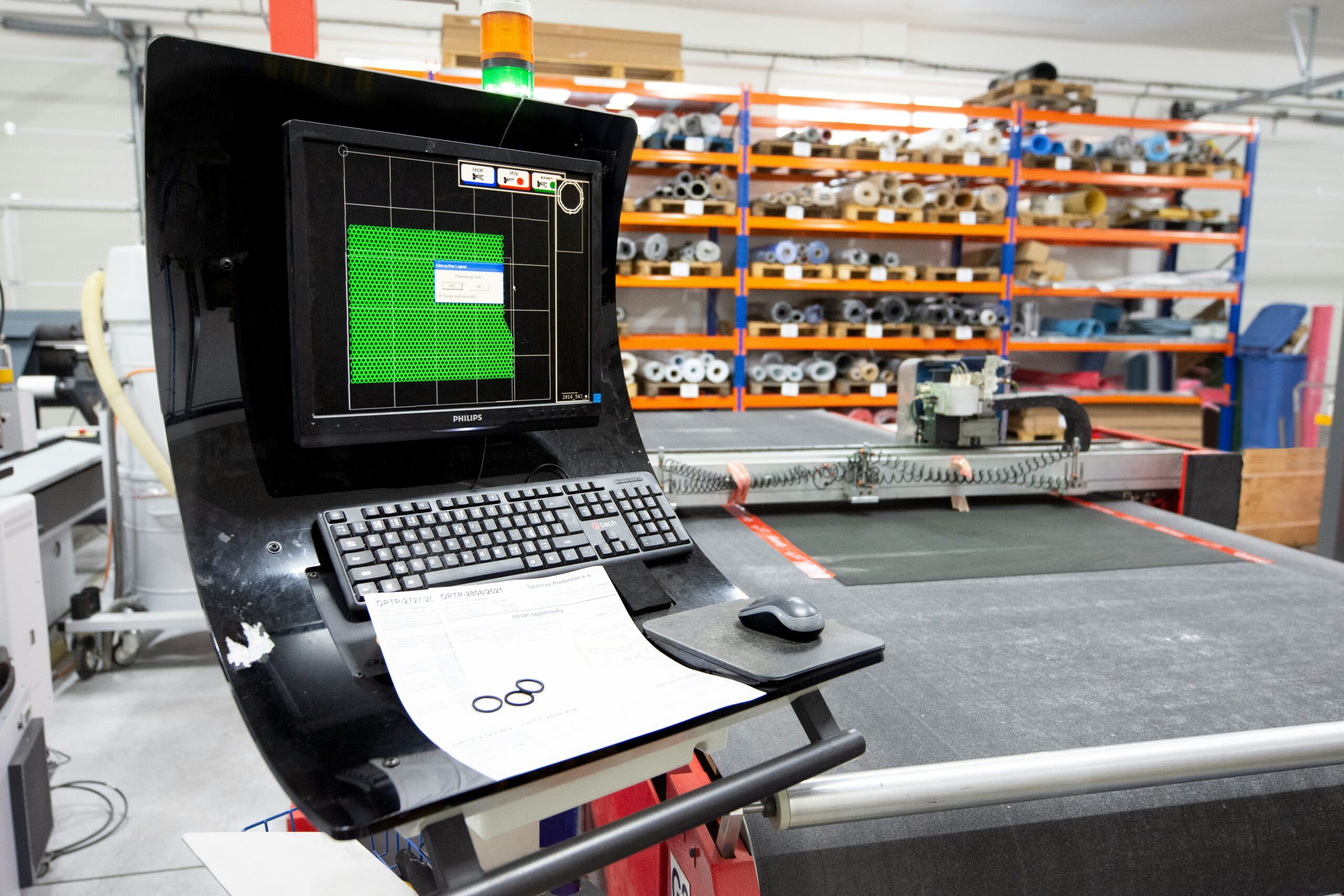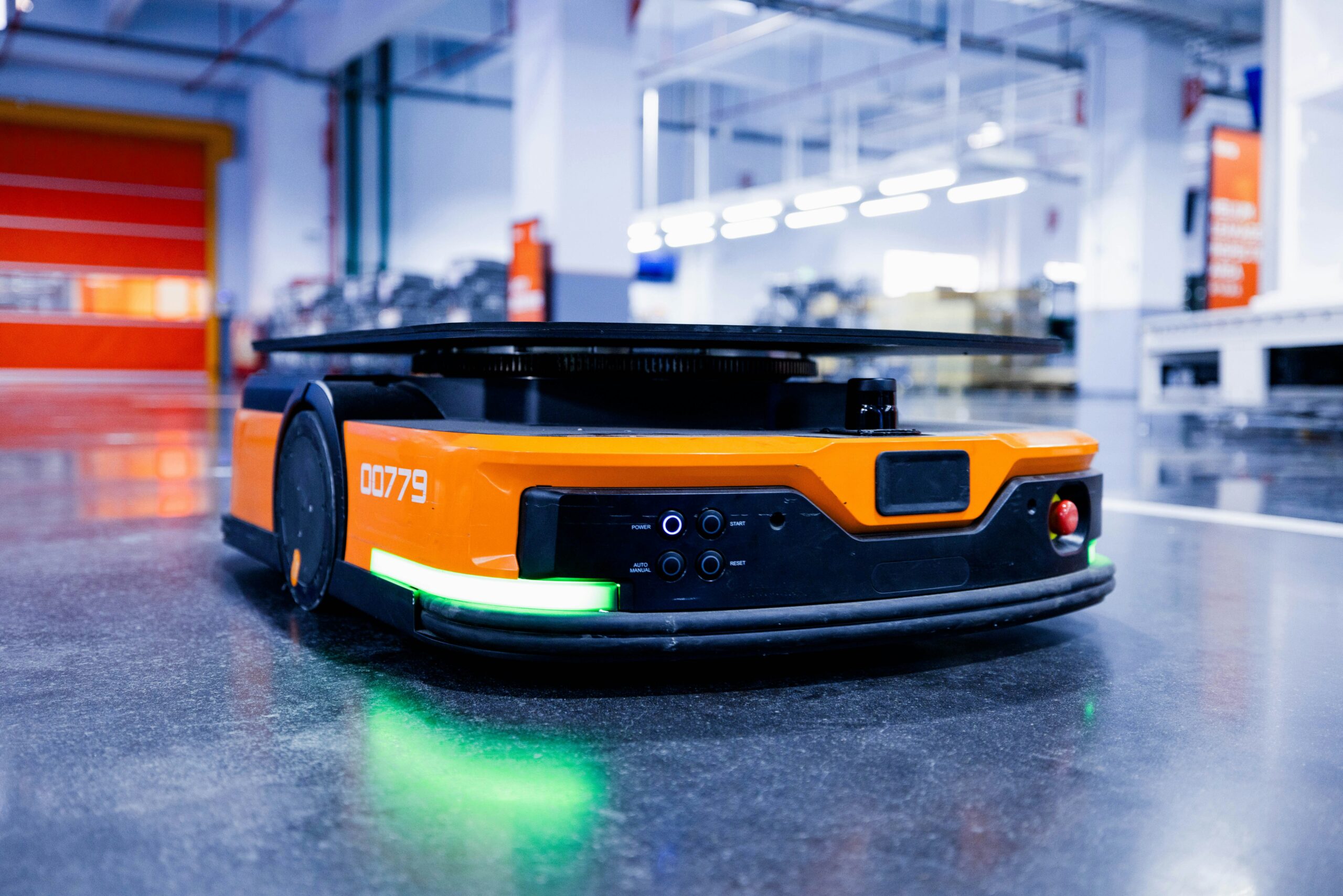Introduction: In our previous blog, we discussed the key differences between Autonomous Mobile Robots (AMRs) and Automated Guided Vehicles (AGVs). Now that we’ve established how these two technologies operate, it’s time to dive into their pros and cons. Understanding the benefits and challenges of each system will help you choose the best solution for your business. Let’s explore how both AMRs and AGVs perform in real-world settings and how they can improve your operations.
The Pros and Cons of AGVs
Pros:
- Reliability for Repetitive Tasks: AGVs are perfect for repetitive tasks, such as moving materials along fixed paths in predictable environments. This makes them ideal for manufacturing plants or warehouses with set layouts and consistent operations.
Example: A large automotive assembly line, where parts need to be transported between stations in a linear manner. - Proven Technology: AGVs have been around for decades and have a long history of success. This means they’re a reliable, proven solution for many industries.
Example: AGVs have been widely used in warehouses and factories for decades to streamline material handling and improve productivity.
Cons:
- High Infrastructure Costs: AGVs require significant infrastructure, such as magnetic strips or rail systems, which can add to the initial setup costs. This infrastructure can also be expensive to modify if the layout of the facility changes.
Example: If you decide to move your warehouse layout or add new production lines, you’ll need to reinstall or reconfigure the AGV system, which can be costly. - Limited Flexibility: AGVs can only follow fixed paths, making them less adaptable in environments where layouts change or new obstacles are introduced.
Example: A busy warehouse that frequently reorganizes its storage or alters inventory routes could find AGVs cumbersome and inefficient.
The Pros and Cons of AMRs
Pros:
- Flexibility and Adaptability: AMRs excel in environments that are constantly changing. Using advanced sensors, they can navigate dynamically, avoid obstacles, and adapt to changes in their environment without manual intervention.
Example: In e-commerce fulfillment centers, AMRs can move around people, products, and other robots to deliver goods to various locations on the fly. - Lower Infrastructure Costs: Since AMRs don’t require fixed paths or infrastructure like magnetic strips, the setup costs are generally lower, and modifying the system as your business grows is easier.
Example: If your business grows or your layout changes, AMRs can adjust without the need for costly infrastructure upgrades. - Easier Maintenance and Modifications: The modular nature of AMRs means that they can be easily scaled or maintained as your operations evolve.
Example: If your facility expands or adds new tasks, AMRs can be reprogrammed or even upgraded with new capabilities, saving time and money.
Cons:
- Higher Initial Investment: AMRs typically require a larger initial investment due to the advanced technology they use, including sensors and AI systems.
Example: The upfront cost for setting up a fleet of AMRs in a facility could be higher than the cost of AGVs, especially for smaller businesses. - More Complex Technology: AMRs require more sophisticated technology and programming, which could lead to longer integration times and a steeper learning curve for your team.
Example: Smaller businesses with limited technical expertise may find it challenging to integrate AMRs into their systems and may need external support or training.
Conclusion:
Choosing between AMRs and AGVs depends on your business needs and the nature of your operations. AGVs are ideal for stable environments with fixed tasks and predictable layouts, while AMRs offer more flexibility for dynamic environments that require adaptability. Understanding the pros and cons of each system will help you make the best decision for your facility.




